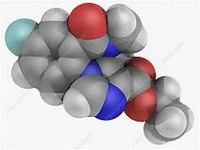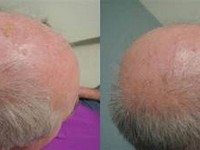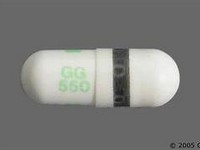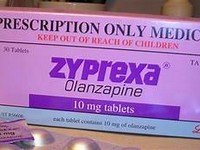Gentamicin

Gentamicin
CLINICAL USE
Antibacterial agentDOSE IN NORMAL RENAL FUNCTION
Once daily dose: 5–7 mg/kg, dose is then adjusted according to levelsEndocarditis: 1 mg/kg every 8 hours Intrathecal: 1–5 mg daily PD peritonitis: see local policyPHARMACOKINETICS
DOSE IN RENAL IMPAIRMENT
GFR (mL/MIN)
30–70 3–5 mg/kg daily and monitor levels10–30 2–3 mg/kg daily and monitor levels5–10 2 mg/kg every 48–72 hours according to levelsDOSE IN PATIENTS UNDERGOING RENAL REPLACEMENT THERAPIES
IMPORTANT DRUG INTERACTIONS
Potentially hazardous interactions with other drugsBotulinum toxin: neuromuscular block enhanced – risk of toxicityADMINISTRATION
Reconstition
–Route
IV, IM, IP, intrathecalRate of Administration
Bolus IV: over not less than 3 minutes Short infusion: 20–30 minutes Once daily large infusions over 30– 60 minutesComments
Can be added to sodium chloride or glucose 5%OTHER INFORMATION
Concurrent penicillins may result in sub- therapeutic blood levelsMonitor blood levels. 1 hour post-dose peak levels must not exceed 10 mg/L. Pre-dose trough levels should be less than 2 mg/LIP therapy commonly used for PD peritonitis. Dose varies according to local protocol and whether
See how to identify renal failure stages according to GFR calculation
See how to diagnose irreversible renal disease
Home








